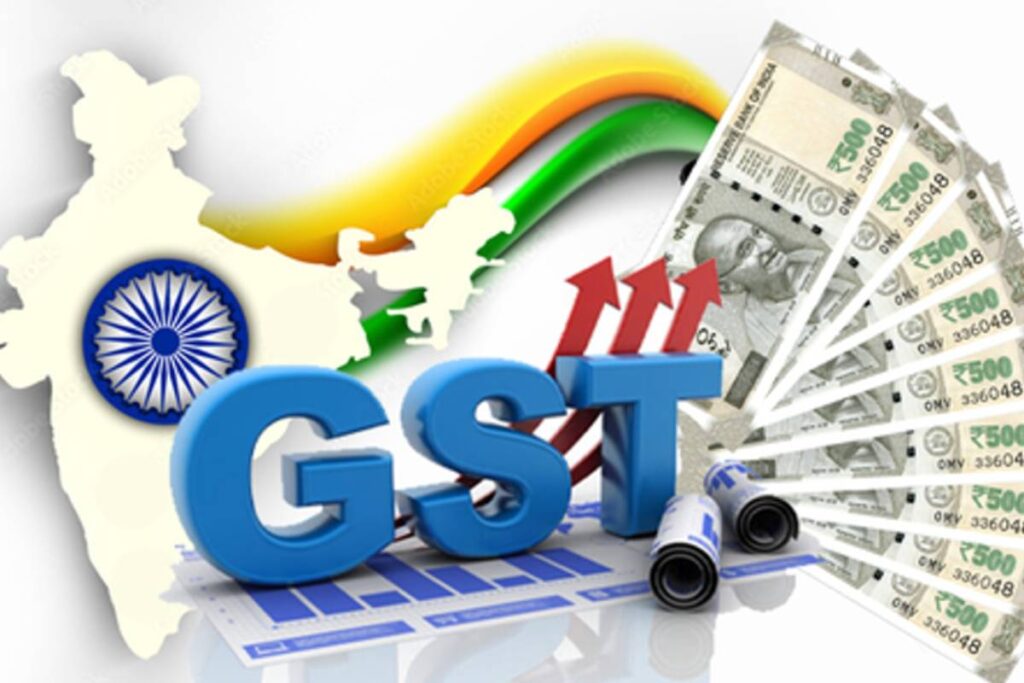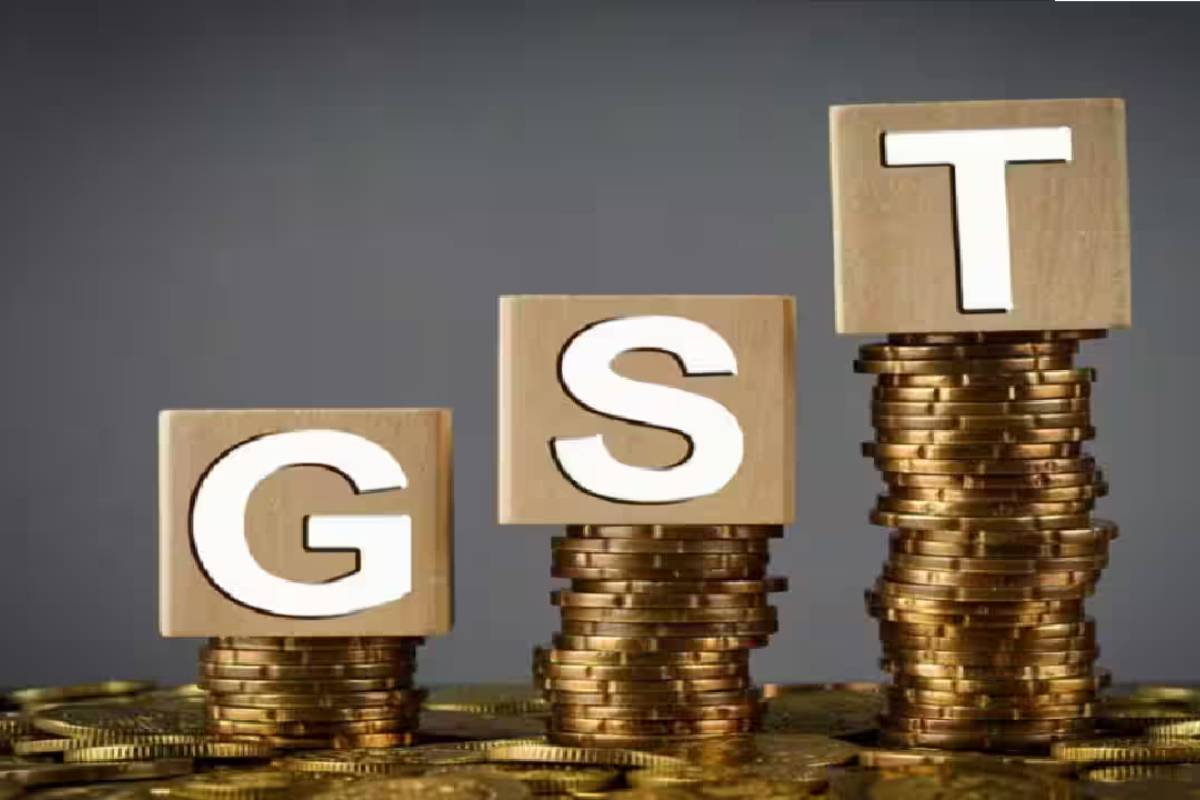A Landmark Month for India’s Tax Revenues
India, on the first of August 2025, reported another robust increase in its Goods and Services Tax (GST) revenues, a jump of 7.5 percent year-on-year. The latest government data pegs July’s gross GST collection at a hefty Rs 1.96 lakh crore. That’s not just a number. It’s the seventh consecutive month with collections comfortably above Rs 1.8 lakh crore.
And yet, funny thing is, July’s collections, despite that solid growth, slid just under the Rs 2.1 lakh crore monthly average seen in the first quarter of FY26. This, in itself, says something about the rhythm of India’s recovering economy, and the nuances everyone’s watching as the fiscal year unfolds.
Quick Overview, The Numbers Up Close
- Gross GST Collection (July 2025): Rs 1.96 lakh crore (7.5% higher than July 2024).
- Collection in June 2025: Rs 1.85 lakh crore.
- Average Q1 FY26 Monthly Collection: Rs 2.1 lakh crore.
- Highest On Record: April 2025 saw Rs 2.37 lakh crore collected, a 12.6% increase over the previous year.
- Net GST Revenue (July): Rs 1.69 lakh crore, up 1.7% year-on-year.
- Domestic Revenue Growth: Up 6.7% at Rs 1.43 lakh crore.
- Import Revenue: Up 9.5% at Rs 52,712 crore.
- GST Refunds: Soared 66.8% year-on-year to Rs 27,147 crore.
- Cumulative Collections (Apr–Jul 2025): Rs 8.18 lakh crore, marking 10.7% growth year-over-year.
Context: How Did We Get Here?
Back in July 2017, India flipped the switch on a unified indirect tax system: GST replaced a messy tangle of central and state taxes with (in principle) one easy-to-understand levy. The idea? Tear down barriers, simplify trade, and bring more businesses into the formal economy.
Over the years, through policy tweaks, compliance drives, and stubborn economic headwinds, the collection figures have climbed. April 2025’s whopping Rs 2.37 lakh crore gross collection is, so far, the highest ever since the GST era began.
And it’s not just growth for the sake of growth. The swelling figures are a signal of:
- Better compliance (firms are filing and paying more reliably).
- Broader tax base (more businesses registered and captured).
- Resilience even as global headwinds buffet India’s manufacturing and service sectors.
Inside the Numbers: What’s Driving the Growth?

Let’s break things down a little further.
1. Domestic Transactions Stay Strong
- The domestic share of GST revenue in July, Rs 1.43 lakh crore, grew 6.7%. Here’s the interesting part: resilience in sectors like manufacturing kept the revenue engine humming.
- India’s manufacturing activity, to give a sense of momentum, rose to a 16-month high in July.
- Service sector demand remained solid.
- All told, domestic trade is keeping that GST pulse strong.
2. Imports Feed the Boom
Tax revenue from imported goods? Up a robust 9.5% to Rs 52,712 crore in July. Rising imports of capital goods and raw materials have kept this channel vibrant. It’s a classic feedback loop: as the economy grows, demand surges for everything from electronics to chemicals, meaning more taxable imports.
3. Refunds and Net Revenue
- Net GST revenue for July 2025 stood at Rs 1.69 lakh crore, after refunds.
- The surge in refunds (up almost 67%) reflects both an uptick in claims, often a sign of businesses investing, exporting, expanding, and the government’s ongoing efforts to speed up processing.
4. State-by-State: A Patchwork Performance
GST is nothing if not a balancing act between the central government and India’s 28 states and 8 union territories. The latest state-wise details (as per GSTN/finance ministry releases) show sustained revenue rises for most, though a few lag behind or show sharp regional swings.
Comparing Trends: This Year vs. Last
Let’s widen the lens. A year ago, in July 2024, India’s GST collections hovered closer to Rs 1.82 lakh crore. So this year’s numbers reflect a steady, incremental increase. What caused it? Not any single dramatic event, but a set of nudges:
- Broader base: New GST registrations have climbed steadily. As of April 2025, over 1.51 crore active GST registrations were recorded in India.
- Tighter compliance: Crackdowns on tax evasion, more digital audits, and e-invoicing mandates forced more firms onto the playing field.
- Manufacturing push: Government’s ‘Make in India’ and PLI (Production Linked Incentive) schemes nudged industry to expand, tie up with global partners, and increase domestic output. All of this is taxable activity.
- Steady consumption: Despite global slowdowns and some wobbles in foreign trade, India’s services sector and consumer demand have mostly held steady, fueling GST receipts from retail, transport, real estate, and logistics.
GST System, A Quick Refresher
Wondering how the GST system ticks? Here’s a crash course, with the latest tidbits:
- GST Council: The apex body shaping GST’s contours, chaired by the Union Finance Minister and including state ministers too. Since its founding in 2016, the Council has steered major reforms, clarified rates, and settled interstate disputes.
- Tax Slabs: Main rates: 5%, 12%, 18%, and 28%. Certain items, gold, diamonds, and tobacco, carry special rates or cesses.
- Compensation Cess: Levied on demerit goods (like tobacco, aerated drinks, luxury vehicles), compensation cess helps offset revenue shortfalls faced by states in the initial post-GST years.
- Thresholds: Most small businesses with turnover below Rs 40 lakh (goods) or Rs 20 lakh (services) are exempt. This gives a breather to tiny enterprises that had formerly struggled under multiple levies.
Historical Growth: GST and the Changing Indian Economy
Here’s a bit of history. Since 2017, GST receipts have climbed almost every year:
- 2020–21: Rs 11.37 lakh crore (monthly avg: Rs 95,000 crore).
- 2021–22: Rs 14.83 lakh crore.
- 2022–23: Rs 18.08 lakh crore.
- 2023–24: Rs 20.18 lakh crore.
- FY2024–25: A record Rs 22.08 lakh crore, average of Rs 1.84 lakh crore each month, as per latest numbers. April 2025 smashed all previous records with Rs 2.37 lakh crore in GST mop-up.
That’s a near doubling of revenues inside five years.
Did You Know? Impact Across Industries
The GST’s reach extends everywhere.
- Retail: Goods, from groceries to gadgets, are now taxed at uniform rates, no matter the state.
- Manufacturing: Supply chains run more smoothly. Companies no longer need to set up duplicate warehouses across each state, slashing logistics costs and delays.
- Logistics: Roads less jammed with checkpoints. Transport times for goods shipments reportedly down 33% from pre-GST days.
- Exports: Exporters get GST refunds on inputs, helping them compete globally.
Challenges & Nuances
Of course, it’s not all smooth sailing. While headline numbers look good, the pace of GST growth in July, at 7.5%, is slower than April’s blockbuster surge (12.6%) or even the Q1 FY26 average (which exceeded Rs 2.1 lakh crore per month).
Questions linger:
- Will slower global growth seep into India’s exports and manufacturing later this year?
- Can compliance levels (still patchy in some sectors) be pushed higher without overwhelming small businesses?
- Will the GST system continue to evolve without triggering major disruptions or confusion, especially for India’s tens of millions of tiny firms?
Government’s Targets & Expectations
In the Union Budget, the government projected an 11% increase in GST revenue for the full fiscal, targeting Rs 11.78 lakh crore, including compensation cess. For perspective, that means monthly collections should average near or above July’s robust Rs 1.96 lakh crore mark, keeping fiscal hopes alive.
Why It Matters, GST and the Indian Consumer
For most Indians, GST is a background buzz, part of every purchase, lurking invisibly in the sticker price of goods and services. But when GST collections swell, it’s not just about government cash flow. Growing tax receipts signal:
- An economy that’s not just stabilizing, but gaining ground.
- Businesses, big, small, and mid-sized, are doing more, producing more, and selling more.
- A government able to spend more on infrastructure, health, education, and (sometimes) even tax cuts.
What’s Next? Watching for the Coming Months
Here’s the kicker: July’s strong numbers set the bar for the months ahead. Policymakers, businesses, and analysts will be watching a few signals closely:
- Sustained growth or a slowdown? If monthly collections stay high (near or above Rs 2 lakh crore), fiscal consolidation might be easier.
- State-wise disparities: Some states, especially industrial hubs like Maharashtra, Gujarat, and Tamil Nadu, tend to lead. Lagging states may signal pockets of demand fatigue or continued informality that need policy fixes.
- Impact of reforms: GST is still a work in progress. The government’s ongoing reforms, tighter audits, spending pushes, and compliance drives will continue to shape how the numbers pan out.
- Possible rate tweaks: Although the GST Council has mostly kept rates steady recently, it has the leeway to shift slab rates or re-categorize items as conditions evolve.
Key Takeaways in Bullet Points
- July 2025 saw India’s GST collections rise 7.5% to hit Rs 1.96 lakh crore, the seventh straight month above Rs 1.8 lakh crore.
- Highest-ever monthly collection: Rs 2.37 lakh crore in April 2025.
- Net GST revenue for July: Rs 1.69 lakh crore, after refunds.
- Gains were driven by a 6.7% rise in domestic transaction tax and a 9.5% jump from imports.
- Refunds grew nearly 67% year-on-year, suggesting strong activity among exporters and manufacturers.
- State-wise collection patterns show most states improving, though with notable exceptions.
- Cumulative GST receipts for April–July 2025: Rs 8.18 lakh crore (up 10.7% yoy).
- Ongoing government policy aims to keep monthly receipts at or above Rs 2 lakh crore for the remainder of the fiscal year.
Final Word
India’s GST journey, now eight years old, is entering a mature phase. High, consistent collections signal not just government fiscal health but a deeper economic transformation: more formal jobs, transparent business practices, and a slow but steady narrowing of tax loopholes.
There will be bumps, no doubt. But with figures like July 2025’s Rs 1.96 lakh crore, there’s real assurance that the world’s most ambitious tax reform, at least for now, remains very much on track.






















